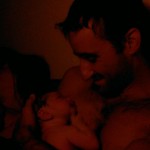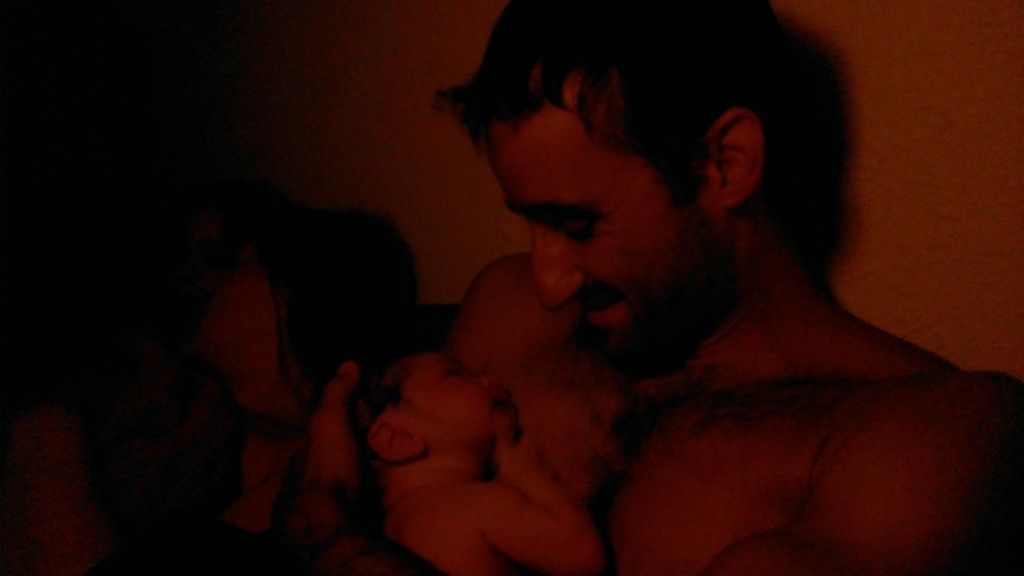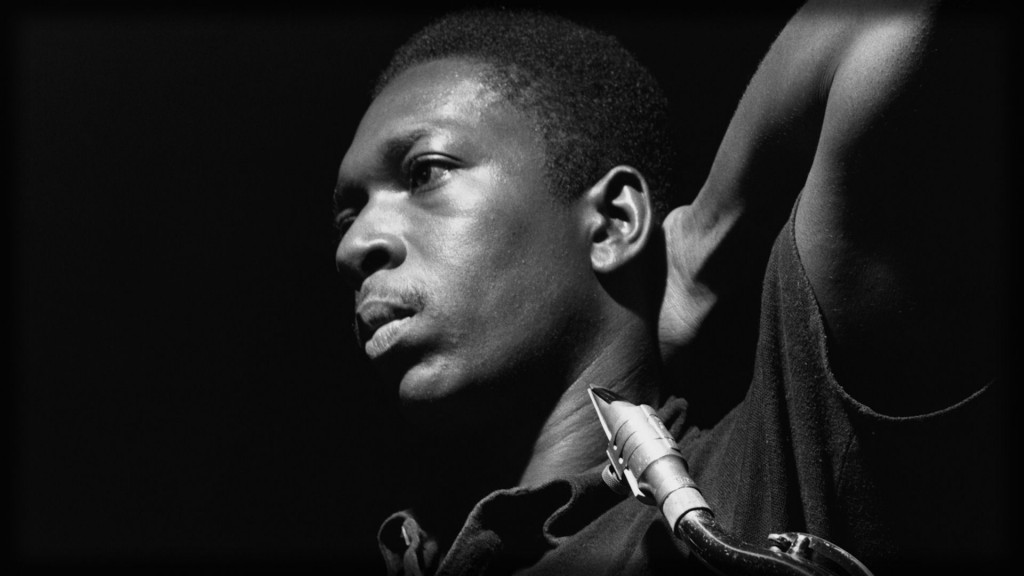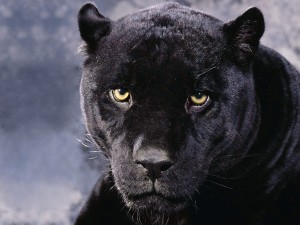
 Image from a craniosacral workshop at the Florida School of Massage
Image from a craniosacral workshop at the Florida School of Massage
You could probably best define someone by the things they hold on to.
You could say “hold on” or you could just as well say “cling to”. The things we cling to are the things we will not bend for. Ghandi held on to his quest for Truth, satyagraha – the quest for truth. He wanted to know truth, understand truth, and embody and live truth. We may not even know what is at our core but we may insist on … we may insist on “dinner is a time for family to be together”, or television time at the end of the day, or “my God exists and he is the only one”, or “I do it for money”, or any other phrase we may have adopted as our motto.
We hold onto things in our body too. Our verbal and mental phrases are physical postures too. They may be slight such as a passivity to the eyes, downturned corners of the lips, or a shuffle to the step. Or they may be pronounced, such as an arrow-straight spine, or a collapsed one.
We hold these voluntarily… though oftentimes we forget.
The most skilled kind of bodywork is an act or reminding, not a forcing. I, as the bodyworker, touch the body and look for the fulcrum, the center of all that is happening. And yes, the fulcrum is an attitude and a posture but with the right words, and touch and the right movement we can reach the level of the posture and the attitude.
To encourage a change it is not necessary to put a lot of effort; in fact, it is often counterproductive and our effort gets in the way of working with the person. Find the way to be effortless while being fully effective.
“A good cook need sharpen his blade but once a year. He cuts cleanly. An awkward cook sharpens his knife every month. He chops. I’ve used this knife for nineteen years, carving thousands of oxen. Still the blade is as sharp as the first time it was lifted from the whetstone. At the joints there are spaces, and the blade has no thickness. Entering with no thickness where there is space, the blade may move freely where it will: there’s plenty of room to move. Thus, after nineteen years, my knife remains as sharp as it was that first day.”
- excerpt from Chuang Tzu’s “The Dextrous Butcher“







 (The Golden Gate Bridge from the website “
(The Golden Gate Bridge from the website “